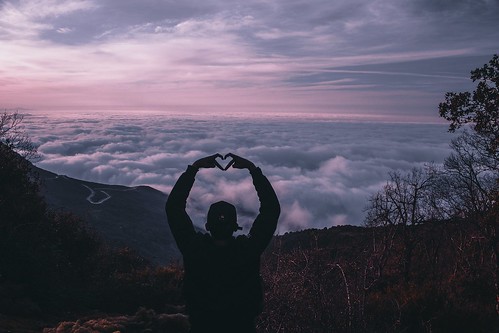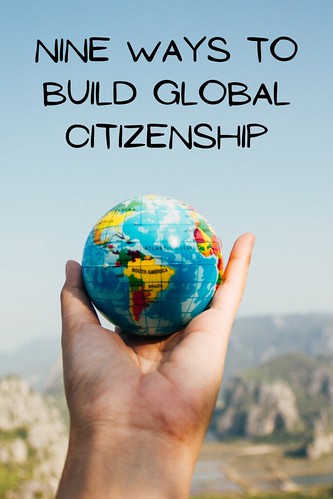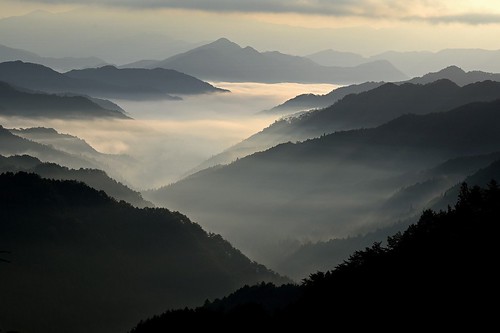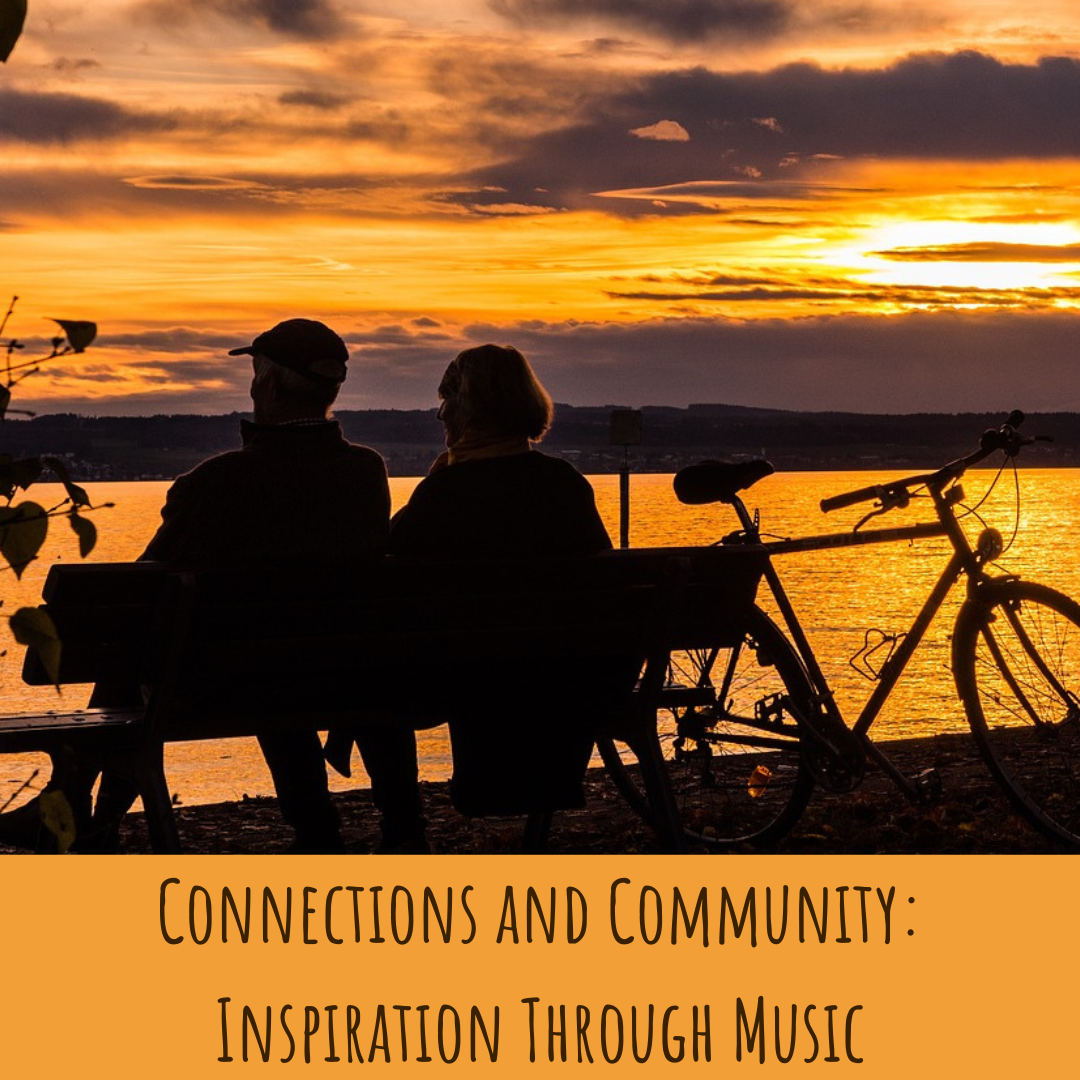Through the Eyes of an Educator: Global Citizenship
Today’s world is a chaotic mess of everything. Within the past few years, we’ve dealt with plagues, weather disasters, political unrest, domestic madness, international issues, and all sorts of mayhem. Throughout the past two years of the COVID pandemic, we’ve regularly heard the mantra we’re all in this together. In truth, sadly, we’ve seen much nationalism take precedence over global community compassion. As the WHO continues to call for more sharing of resources and global vaccine equity, we do our best to hope for that collective mindset, sharing circle, and putting that ‘we’re all in this together’ verbiage into action.
For a global community to work, we need a global citizenry.

Every Friday in my ninth grade global history class, I used to play a game. The names of cities, states, countries, landmarks, and natural monuments were placed on the board; we threw around a stuffed globe for students to locate what they knew. Discussions erupted about places kids wanted to go, places they’d been to, and others they’d seen or heard about. They had to find the location of the continent and the country. They began to pinpoint England amidst Europe, Chile amidst South America, and even point out Sydney within Australia. As each set of hands touched that stuffed globe, there was an inkling that while the world itself is full of different cultures, customs, and places, we truly all are citizens of that one, big global community.
In those same ninth grade classes, I often focused on big picture themes. Terms like cultural diffusion, cultural diversity, and interdependence were the ones in bold-faced, capital-letters, sharpied around the room. Their simple definitions: the spreading of ideas, beliefs, and cultures, differences in cultures, and mutual dependence lead to giant ideas across the spectrum of history’s foundations and today’s world. Cultural diversity was displayed in the 20+ students taking part in class. Cultural diffusion showcased itself in things like holiday foods that began on one table and made their way to another, or fashion, music, and even ideas developed in one place yet transcending space and time. Yet, it was that interdependence that sparked a conversation.
With words like pineapples, coffee, sugar, chocolate, and spices in front of them, students were asked what they had in common. Without focusing on the macro level of economics, invasions, colonization, or social aspects, the conversation danced around sweet things, yummy foods, and words with vowels. Eventually, we got there. Each of these things came from one place and traveled to others. Without the coffee growers, pickers, packers, and shippers, the coffee that can be put in our cups would never wind up on our tables—and the same goes for the others. It was there that students realized how interconnected our world is. Sure, we can teach about Marco Polo and lines of communication along the Silk Road, but the food we eat in our everyday lives shares a similar story.

I count myself lucky to have seen a large part of the world and have seen first-hand that we are all intertwined. We are all threads of the fabric of the world—and it’s our job to ensure that each generation knows that, respects that, and cherishes both the privileges and responsibilities that entails. Isolationism doesn’t work in a global world. It truly does matter what happens anywhere in the world.
Since we all inhabit the same planet, we must care about the citizenship of the entire world.
How do we do it? How do we work to ensure that the next generation acts as good global citizens? How do we focus on teaching our learners about global issues that cross-connect and affect us all? How do we showcase the pieces of the wider world in our local corner?
Travel helps, but being a good human helps more.
Reading helps, but being an empathetic, open-minded, active listener helps, too.
Shared activities help, but so do connections, respect for each other, curiosity, a growth-mindset, and the ability to say, I was wrong, I know better now and I’ll do better now. It’s imperative to care about each other—no matter where we’re from, how we love or worship, and regardless of the geographic borders in which we reside.
While our day to day lives may take place in our tiny corner of the globe, we are a part of the entire world, and the issues ‘over there’ matter ‘over here’, too. Why?
Because people live here and people live there—and we all deserve the rights, privileges, and responsibilities of inhabiting a kind, gracious, and compassionate planet together.

Nine ways to build global citizenship

Be a good human
Today, many people have a word for each year, an intention for each month, or a mantra for each morning. Most of the time mine is the same: be a good human.
If we start our days, months, and years with this in mind, we cannot fail. We may falter, struggle, or stumble, but growth and development come out of striving to be a good human. There is so much more that unites us than divides us, there are so many more similarities between us than differences, and there is always so much we can learn and share with one another.
Being a good human is showing empathy and kindness, listening to understand, extending a hand without judgment or question, sharing a meal, offering guidance and accepting help, showing tolerance, selflessly offering assistance, combating climate change, standing up when we see something wrong, and refusing to remain silent amidst injustices anywhere.
If we can all aim to be good humans, our global community will be made of humanity at its finest.
Learn things
There’s always something to learn. At home, in the neighborhood, from a friend, in a classroom, about your community, in your country, or the wider world…there’s always something to learn.
Skills, languages, empathy, maths, science, culinary arts, geocaching, sports, arts, animals, writing, culture, and so much more…there’s always something to learn. The more we learn, the wider our world gets. The wider our world gets, the greater connections we can make, and the greater connections we can make the more we can be present and mindful citizens of the world.
Listen actively
Active listening involves all of the senses. It’s staying present, listening with intent to understand, observing all of the spoken and unspoken messages, and fully waiting for the speaker to finish before even considering a chance to respond.
Listen closely, listen with your whole self, listen to what is said, what is not said, and what the language of the body shares. More often than not, we find ourselves listening to react, to respond, and sometimes even, to interrupt.
Active listening is the opposite. Its intent is to give the speaker an opportunity to share, to give your full attention, to understand, and then to take your turn to speak. Active listening is a skill; hone it and use it well. Global citizens listen to understand. With each opportunity to do so, we expand our own tiny space in the global community.
Stay curious
Ask questions…lots of questions. Respectfully, of course, but ask those questions. There are various ways to learn and grow; staying curious is one of them. Look around. Wonder. Wander. Dream. Ask about the what ifs, how is this done, why does it happen that way, what can you share with me, how can you help me grow, how can I add to your world…those questions and so many more.
By being open to new ideas, different ways and versions, the possibilities unfold and the world becomes a place to learn and grow. Whether it’s learning a new skill, trying a new food, listening to another language, sharing a new tradition, or realizing that your way of life is yours and there are others out there that are equally wonderful, stay curious. As your mind grows, so does your understanding of the global community.
Exude kindness
My city was decimated by a hurricane. Help came from everywhere. Today’s world is witnessing atrocities in Eastern Europe—and help is charging in from every corner of the globe.
Whether natural disasters or mayhem of a madman, the kindness of strangers can help make a little bit of life a little bit easier.
Kindness comes in all forms. Some gestures are grand, others small. All matter…and each one makes a positive difference in the world. Acts of kindness take place every minute of every day all across the globe. An ear to listen, a meal to share, a walked puppy, a place to rest, a donation to give, a child cared for, a smile shared, a home fixed, a refugee housed, a hug given, a leg mended, a toy shared, a stuffed animal loved, a job offered, or one of a million other methods…kindness matters, and every little bit helps.
How will you help today?

Do more good
It’s easy to get stuck in our own stories. It’s easy to be swept up in our own day to day, month to month, and year to year to get things done, take care of what’s needed, and potentially manage to flourish more than survive.
Doing good helps. Do more of it.
Whether at home or abroad, for friends or strangers, offering a hand increases a whole lot of good brain chemicals, opens your heart, helps others, and provides a warm fuzzy feeling that takes quite a while to fade. It can be a gift of goods, services, money, or time, but the act of doing that good moves mountains. Each small act ripples.
Each one can change the world.
Practice radical compassion
Compassion, the general concern for the sufferings and misfortunes of others, is pertinent for a global citizen. Practicing radical compassion puts your heart in the driver’s seat and reminds us all to dig deeper. Sometimes, it’s a compassionate act and others it’s a compassionate gesture, thought, or offering. Whether it’s direct, indirect, or a feeling in your heart, global citizens lead with their hearts. It takes courage, commitment, and care to be compassionate. Mind your own heart in order to be able to use it to help others.
Lead with love and the world will feel it.
Remain open-minded
Yours is only one opinion. Yours is only one way of looking at and experiencing the world. Your version of life is seen through your lens: the one made up of your story, your trauma, your struggles, your triumphs, and often, your luck.
Open-minded humans listen, learn, gather information, take in other stories, and remember that at any time in life, their version might be someone else’s ‘other’.
Listen with open ears and an open mind. You’ll be surprised how much there is to learn—and potentially, how much there is to unlearn, too.
Explore
Type ‘travel quotes’ into Google and you’ll get a million options. Most talk about the journey, the experiences, the people, the places, and the ability to remind us of what a tiny part we are in such a wider world.
Travel makes us storytellers, introduces us to new cultures, challenges our palates and our tummies, expands our senses and our comfort zones, and demands our attention. Whether it’s an hour, a car ride, a train ride, or needs a passport to cross borders, travel enhances our spirit, widens our perspective, and forces us to realize that we are a piece of a broader, global community.
With compassion, empathy, heart, kindness, generosity, mindfulness, attention, and love, when we open our hearts to care about one another, regardless of boundary or border, our global community thrives.

Please click the photo below for a collection of my Through the Eyes of an Educator columns:
Stacey Ebert, our Educational Travels Editor, is a traveler at heart who met her Australian-born husband while on a trip in New Zealand. Stacey was an extracurricular advisor and taught history in a Long Island public high school for over fifteen years, enjoying both the formal and informal educational practices. After a one year 'round the world honeymoon, travel and its many gifts changed her perspective. She has since left the educational world to focus on writing and travel. She is energetic and enthusiastic about long term travel, finding what makes you happy and making the leap. In her spare time she is an event planner, yogi, dark chocolate lover, and spends as much time as possible with her toes in the sand.
Check out her website at thegiftoftravel.wordpress.com for mor




















